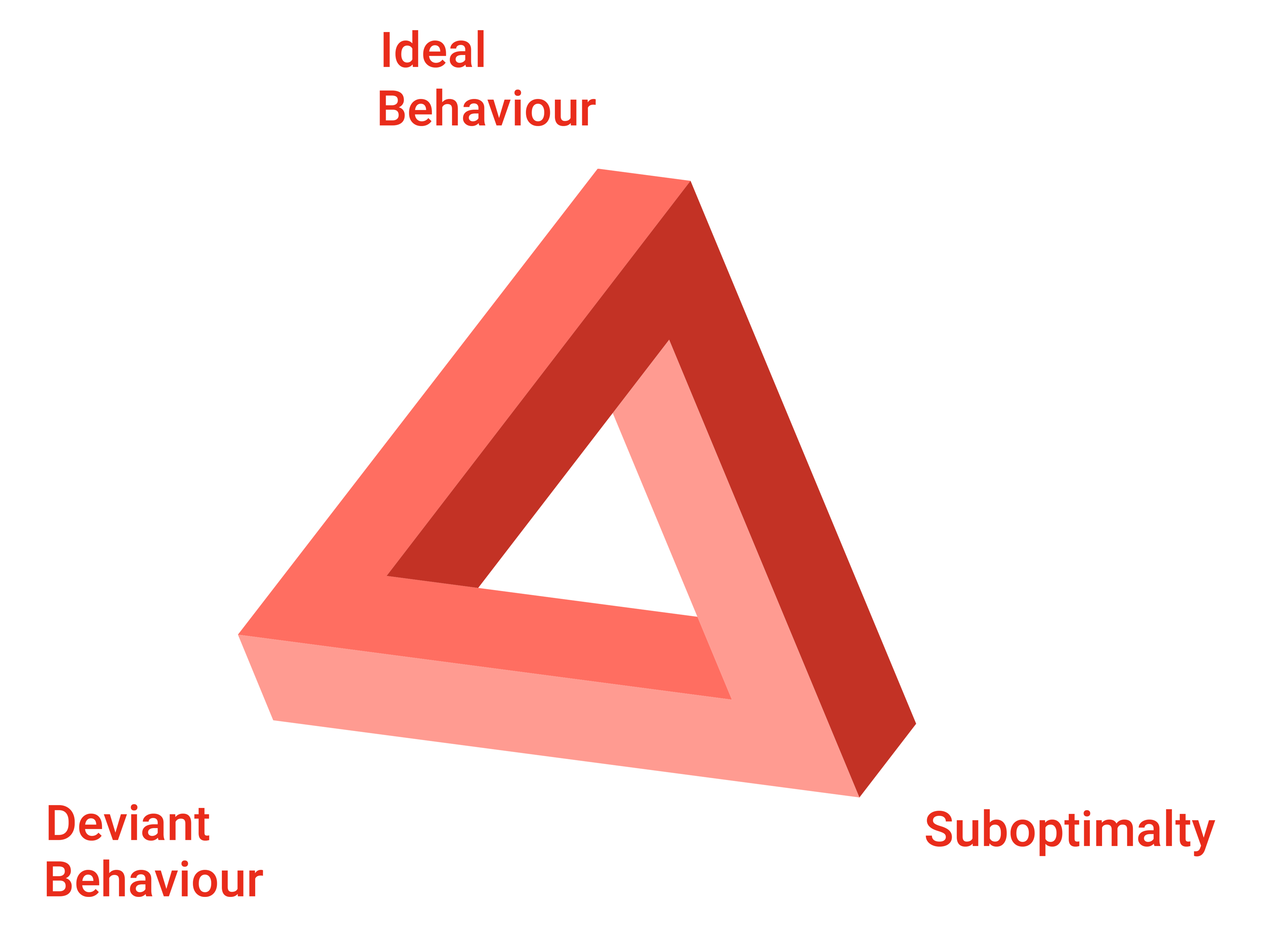
Consumer
Behaviour

Retailer
Behaviour

Employee
-Employer
Behaviour

Policy Makers
& Influencer
Behaviour

Leadership
Behaviour
In the modern world, the human brain processes close to 74 GB of information a day. This information overload is growing at about 5% per year. The brain is an organ, and does not evolve at speeds to cope with such rapid change.
So, decision making is becoming increasingly complex. In such situations, the frequent use of heuristics and other biases is inevitable.
This, in turn, impacts behavioral outcomes.


The situation of cognitive overload makes it essential to examine the frames, and textures, of heuristics and biases with fine-grained understanding, from various perspectives.
We work in the following fields.
If some ideas, attitudes, or values fit more comfortably than others, if some food tastes better, or speaking a language feels like coming home, this is socio-cultural inclination, or bias, at work.
These are systematic errors in judgement and decision making. They are a result of the mental shortcuts that the brain takes in order to arrive at quicker decisions.
Heuristics, or mental shortcuts, rely on mechanisms of learning that enable (iconic) recognition, and (indexical) association. Semiotic decoding is useful to uncover likely heuristic biases, and help rewire interpretive errors.
Human-Design interaction through judgement errors, heuristics, meaning-making by interpretation, evaluation, and interaction with the design (e.g., app, remote control, soap dispenser). Re-shaping for intuitiveness.
The study of organizational behaviour from a behavioural lens shows explicit and implicit biases, heuristics and stereotypes, which influence the selection, framing, and processing of information in organizational contexts.